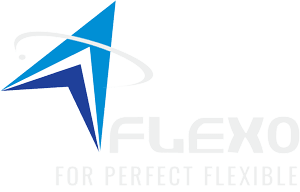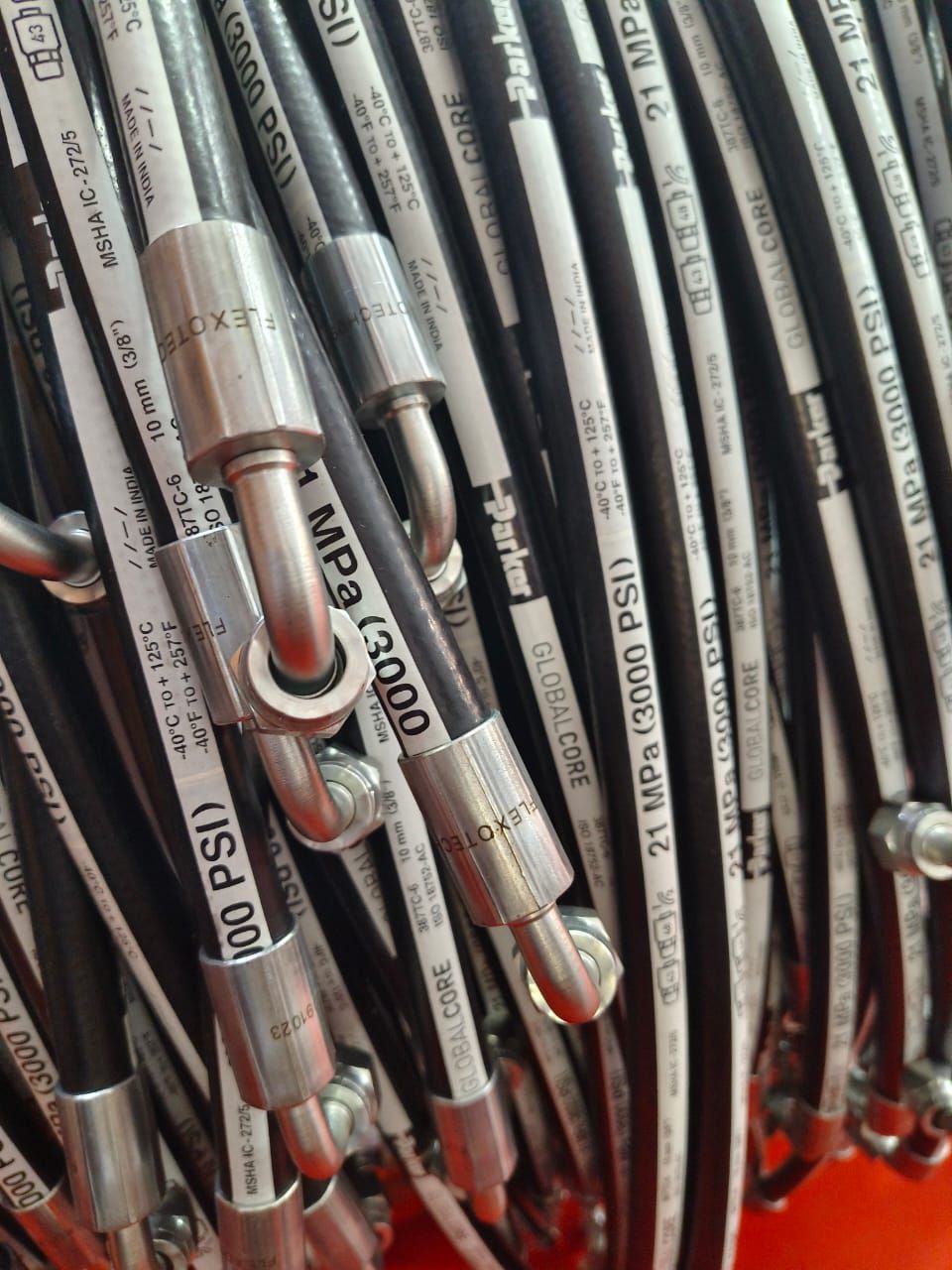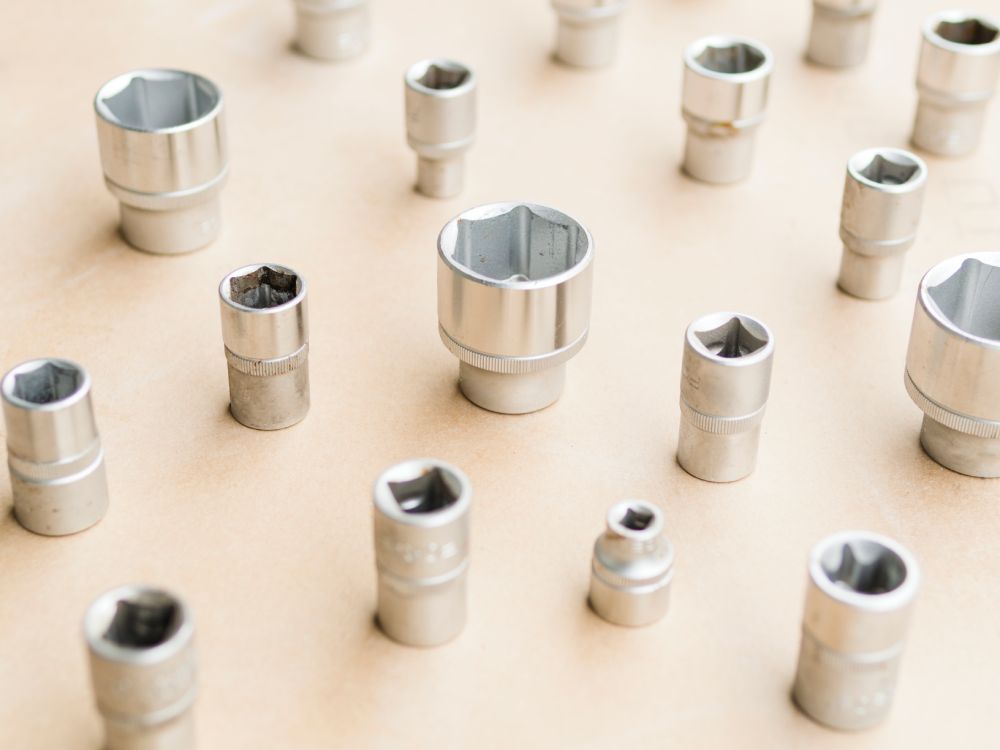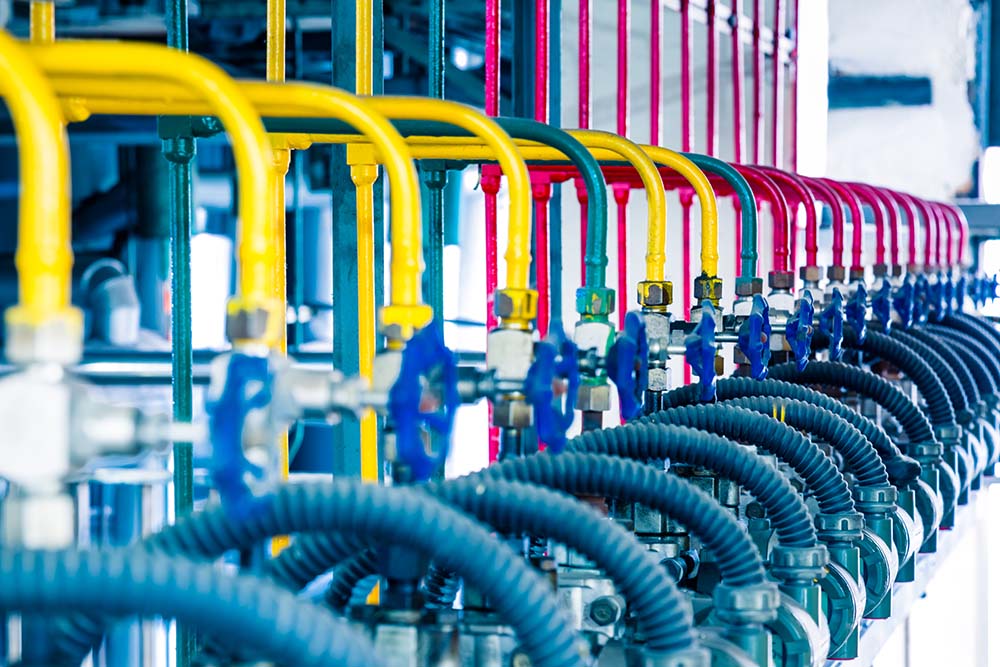Ensuring Safety and Regulatory Compliance in medical hose manufacturers
Introduction-
Medical hose manufacturers play a crucial role in the healthcare industry by producing essential equipment for various medical procedures. These hoses are designed to withstand the rigorous demands of medical applications, ensuring the safe and efficient delivery of fluids, gases, and other substances in healthcare settings. Medical hose manufacturers employ stringent quality control measures and adhere to industry standards to guarantee the highest safety and regulatory compliance. This blog post will explore the key steps medical hose manufacturers take to ensure their products meet safety and regulatory requirements.

Understanding Safety and Regulatory Requirements-
Before delving into the specific measures medical hose manufacturers take, it is important to understand the safety and regulatory requirements governing the production and use of medical hoses. Government agencies and international standards bodies have rigorous regulations enforced on the healthcare sector. These regulations are in place to safeguard patient health and ensure the reliability and effectiveness of medical equipment.
These standards cover material composition, mechanical performance, biocompatibility, and sterility. In addition to governmental regulations, medical hose manufacturers may need to comply with specific industry standards like ISO 9001-2015 certificate, which focuses on quality management systems for medical device manufacturers.
Quality Control in medical hose manufacturers
Medical hose manufacturers implement rigorous quality control processes throughout the manufacturing cycle to ensure their products meet safety and regulatory requirements. These processes encompass various stages, from design and material selection to production, testing, and post-market surveillance. Let’s explore each of these stages in detail:
- Design and Material Selection
The design phase is critical in ensuring the safety and functionality of medical hoses. Manufacturers work closely with engineers and medical professionals to develop hoses that meet specific application requirements. During this stage, considerations are made regarding the materials used, the hose’s dimensions, and its intended use.
The selection of materials is of utmost importance, as they must be compatible with the substances they will transport and not introduce any contaminants or leach harmful chemicals. Common materials used in medical hoses include medical-grade PVC, silicone, thermoplastic elastomers (TPE), and polyurethane. These materials are chosen for their flexibility, durability, and biocompatibility.
- Production
Medical hose manufacturers follow strict guidelines during the production phase to ensure consistent quality and reliability. The manufacturing process typically involves extrusion, forming the chosen material into the desired hose shape. Specialized equipment and machinery ensure precise dimensions and uniformity throughout the hose.
Manufacturers often implement quality management systems such as ISO 9001 to maintain quality. These systems provide a framework for process control, traceability, and documentation, enabling manufacturers to track and verify the quality of their products.
- Testing and Certification
Before medical hoses can be released to the market, they undergo comprehensive testing to assess their safety, performance, and compliance with regulatory requirements. Testing is performed at various stages, including raw material testing, in-process testing during production, and final product testing.
The testing process may include mechanical tests to evaluate the hose’s strength, flexibility, and resistance to pressure and biocompatibility tests to ensure the materials used do not cause adverse reactions when in contact with living tissues. Sterility testing is also crucial to prevent contamination and the transmission of infectious agents.
Certification bodies, such as the FDA or notified bodies in Europe, play a significant role in approving and certifying medical hoses. These organizations review the test results, inspect the manufacturing facilities, and assess the manufacturer’s quality management system to determine compliance with regulatory requirements. Upon successful evaluation, the medical hose manufacturer is granted the necessary certifications and approvals to market their products.
- Post-Market Surveillance
Even after a medical hose has been approved and released to the market, the responsibility of ensuring its safety and compliance continues. Medical hose manufacturers must implement post-market surveillance processes to monitor their products’ performance and gather user feedback.
This feedback can be obtained through various channels, including healthcare professionals, end-users, and adverse event reporting systems. By actively seeking and analysing this feedback, manufacturers can identify potential issues or safety concerns and take appropriate corrective actions, such as product recalls or design modifications, if necessary.
Continuous Improvement and Compliance
Medical hose manufacturers understand the importance of continuous improvement and staying updated with evolving regulations and standards. They actively participate in industry associations and engage in ongoing research and development to enhance the safety and performance of their products.
Manufacturers also invest in employee training programs to ensure their workforce knows the latest regulatory requirements and quality control procedures. Medical hose manufacturers strive to exceed the minimum safety standards and provide healthcare professionals with the highest quality products by fostering a culture of compliance and continuous improvement.
Conclusion
The production of medical hoses requires meticulous attention to detail and strict adherence to safety and regulatory requirements. Medical hose manufacturers prioritize the safety of patients and healthcare professionals by putting in place stringent procedures for quality control at every level of the manufacturing process. From design and material selection to production, testing, and post-market surveillance, these manufacturers work diligently to meet the stringent standards of regulatory bodies and industry organizations.
By ensuring their products meet safety and regulatory requirements, medical hose manufacturers contribute to delivering safe and effective healthcare services.
In the healthcare industry, producing medical hoses is a critical process that requires unwavering attention to safety and regulatory compliance. Medical hose manufacturers go to great lengths to ensure their products meet the highest standards, contributing to the safe and efficient delivery of medical fluids, gases, and substances.
Through meticulous design and material selection, medical hose manufacturers create hoses compatible with the substances they will transport while prioritizing patient safety. The production phase involves adherence to strict guidelines and quality management systems to maintain consistency and reliability in the manufacturing process.
Comprehensive testing and certification processes guarantee that medical hoses meet safety and performance requirements. These tests assess the hoses’ strength, flexibility, and biocompatibility to ensure they are suitable for their intended use. Certification bodies are vital in evaluating and approving the hoses and granting the necessary certifications for market release.
Post-market surveillance is an ongoing commitment for medical hose manufacturers. By actively monitoring the performance of their products and collecting feedback from healthcare professionals and end-users, manufacturers can promptly address any safety concerns and make necessary improvements.
Continuous improvement and compliance are core principles for medical hose manufacturers. They invest in research and development, stay informed about evolving regulations and industry standards, and engage in employee training programs. By doing so, manufacturers strive to exceed minimum requirements and provide healthcare professionals with the highest quality products.
In conclusion, medical hose manufacturers prioritize safety, regulatory compliance, and continuous improvement to ensure the delivery of reliable and safe medical hoses. Their commitment to meeting stringent requirements safeguards patient health and contributes to healthcare services’ overall efficiency and effectiveness.







